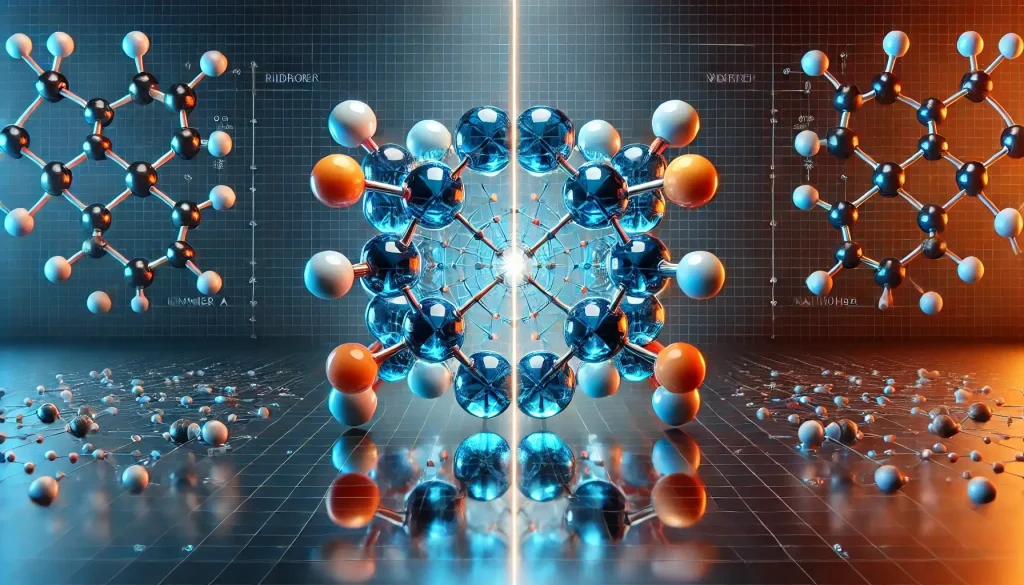Drugs Acting on the Adrenergic Nervous System U-2 Notes
Buy Premium
Get The High-Quality Pdf Notes on App
Drugs acting on Adrenergic Nervous System
- The Nervous System: An Overview
- Central Nervous System (CNS)
- Peripheral Nervous System (PNS)
- Neurons and Synapses
- Drugs Acting on the Parasympathetic Nervous System (PNS)
- Drugs Acting on the Sympathetic Nervous System (SNS)
Adrenergic Neurotransmitters
- Biosynthesis of Catecholamines
- Catabolism (Degradation) of Catecholamines
- Adrenergic receptors (Alpha & Beta) and their distribution
Sympathomimetic Agents
Adrenergic Neurotransmitters
- Norepinephrine (Noradrenaline)
- Epinephrine (Adrenaline)
- Phenylephrine (SAR & Synthesis Included)
- Dopamine
- Methyldopa
- Clonidine
- Dobutamine
- Isoproterenol (Isoprenaline)
- Terbutaline
- Salbutamol (Albuterol)
- Bitolterol
- Naphazoline
- Oxymetazoline
- Xylometazoline
Indirect-Acting Sympathomimetics
Various Mixed-Acting Sympathomimetic Drugs
Adrenergic Antagonists
Various Alpha Adrenergic Blockers Drugs
Various Beta-Adrenergic Blockers Drugs
Other Units of Medicinal Chemistry I
Medicinal Chemistry I
Other Subjects of B Pharmacy 4th Semester
Topic wise notes of:
Pharmacology I
- Introduction to Pharmacology & Pharmacokinetics
- Pharmacodynamics & Drug Interaction
- Pharmacology of drugs acting on peripheral nervous system
- Pharmacology of drugs acting on central nervous system-1
- Psychotropic Drugs
Topic wise notes of:
Physical Pharmaceutics II
- Colloidal dispersions
- Rheology & Deformation of solids
- Coarse dispersion
- Micromeretics
- Drug stability
Topic wise notes of:
Pharmacognosy & Phytochemistry I
- Pharmacognosy: Sources, Classification, and Quality Control
- Conservation and Cultivation of Medicinal Plants
- Plant tissue culture
- Role of Pharmacognosy and Secondary Metabolites
- Drugs of Natural Origin: Plant, Marine, and Primary Metabolites
Topic wise notes of:
Pharmaceutical Organic Chemistry III
- Stereo isomerism
- Geometrical isomerism
- Heterocyclic compounds
- Heterocycles: Synthesis, Reactions & Uses
- Reactions of synthetic importance
Drugs Acting on the Autonomic Nervous System – Summary
Unit II focuses on adrenergic drugs and their interaction with the autonomic nervous system (ANS), particularly the sympathetic division. It begins with the biosynthesis and catabolism of catecholamines, such as dopamine, norepinephrine, and epinephrine, which are vital neurotransmitters regulating cardiovascular and metabolic functions.
The unit explores the adrenergic receptors (alpha and beta) and their distribution across body tissues, which is essential for understanding the action of sympathomimetic and adrenergic antagonist drugs. A significant portion is devoted to sympathomimetic agents, including their structure-activity relationships (SAR) and classification into direct, indirect, and mixed-acting agents.
Direct-acting agents like norepinephrine, epinephrine, phenylephrine, dopamine, and salbutamol act directly on adrenergic receptors to produce therapeutic effects such as bronchodilation and increased heart rate. Indirect-acting agents (e.g., hydroxyamphetamine, pseudoephedrine) enhance neurotransmitter release, while mixed-acting drugs like ephedrine exert both direct and indirect actions.
The unit also covers adrenergic antagonists, including alpha-blockers (e.g., tolazoline, prazosin) and beta-blockers (e.g., propranolol, atenolol, metoprolol), along with their SAR and clinical uses in treating hypertension, arrhythmias, and heart conditions. This comprehensive overview enables a deep understanding of adrenergic pharmacology and its clinical relevance.
At FirstHope, we provide BPharm notes that are topic-wise, easy to understand, and designed strictly as per the AKTU and Other Universities, hence designed according to PCI syllabus.




